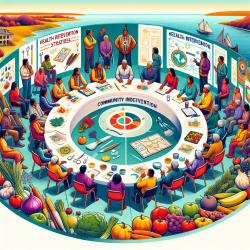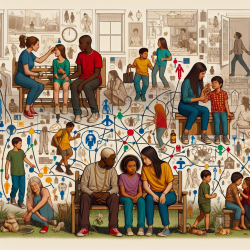The health disparities faced by American Indian communities are well-documented, with high rates of chronic diseases such as diabetes and cardiovascular disease. Addressing these issues requires innovative community-based approaches that can identify and mitigate environmental barriers to health. The research article "Using Community Advisory Boards to Reduce Environmental Barriers to Health in American Indian Communities, Wisconsin, 2007–2012" provides valuable insights into such an approach.
The Role of Community Advisory Boards (CABs)
The study highlights the establishment of Community Advisory Boards (CABs) as a pivotal strategy in engaging American Indian communities in Wisconsin. These boards were formed through partnerships between university researchers and tribal communities, aiming to foster sustainable interventions that promote healthy lifestyles.
CABs serve as action teams that bring together community members, academic experts, and tribal leaders to collaboratively address local health challenges. By focusing on reducing environmental barriers to health, CABs have successfully implemented a range of interventions that have improved access to healthy food and safe spaces for physical activity.
Successful Interventions
- Community Gardens: CABs initiated the planting of community gardens and an apple orchard, providing fresh produce and promoting gardening skills through workshops.
- Recreational Facilities: The construction of an environmentally friendly playground and improved access to recreational facilities have encouraged physical activity among community members.
- Policy Changes: CABs influenced food-related policies and dog control regulations, creating a safer and healthier environment.
Implementing CAB Strategies in Your Practice
If you're a practitioner looking to improve your skills and make a tangible impact on community health, consider implementing strategies inspired by the CAB model:
- Engage Stakeholders: Form partnerships with local community leaders, health professionals, and academic institutions to create a diverse advisory board.
- Identify Barriers: Conduct assessments to understand the specific environmental barriers affecting your community's health.
- Create Action Plans: Develop targeted interventions that address identified barriers, ensuring they are culturally appropriate and sustainable.
- Sustain Engagement: Foster ongoing participation by maintaining open communication channels and regularly reviewing progress with all stakeholders.
The Path Forward
The success of CABs in Wisconsin's American Indian communities demonstrates the power of collaborative efforts in overcoming health challenges. By adopting similar approaches, practitioners can drive meaningful change and contribute to healthier communities.










